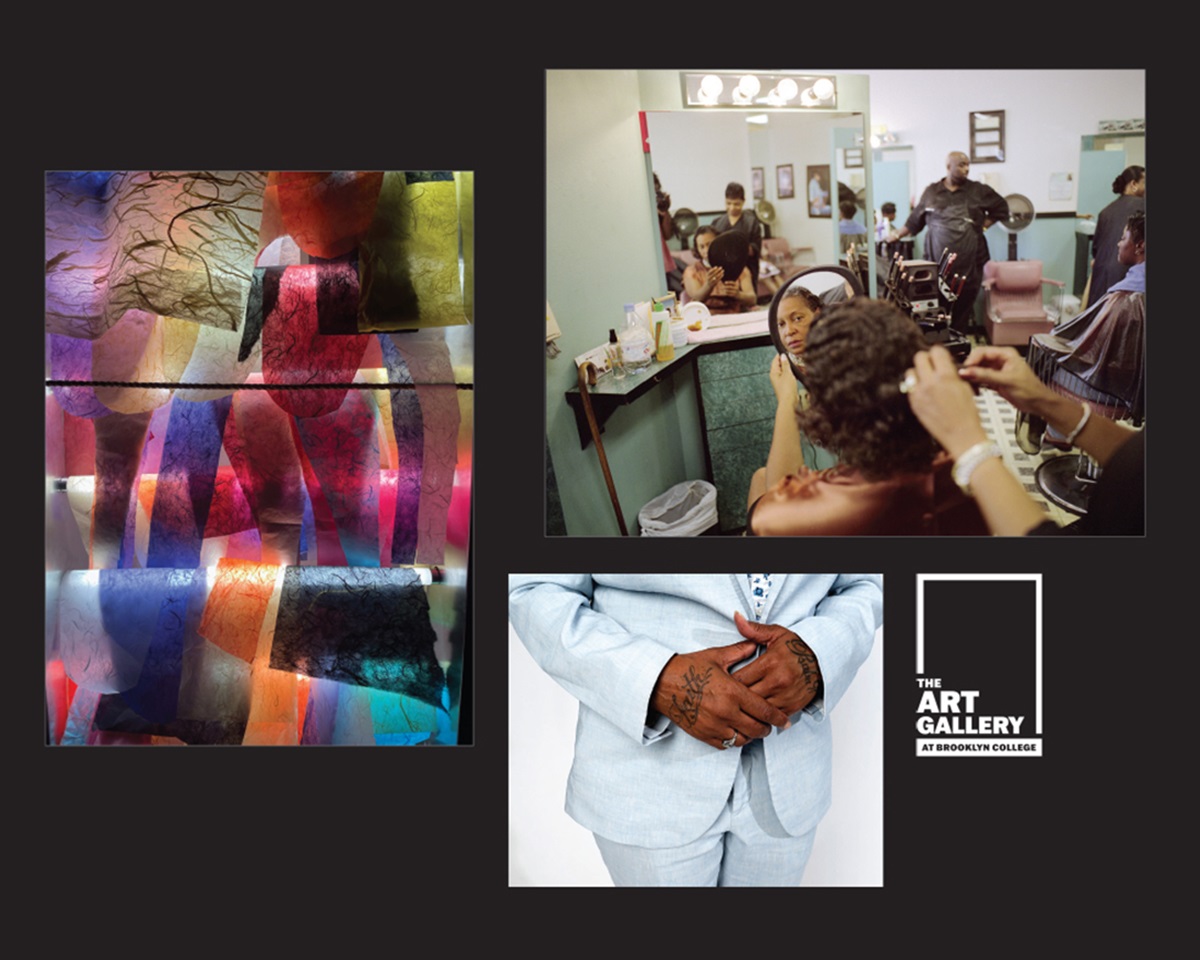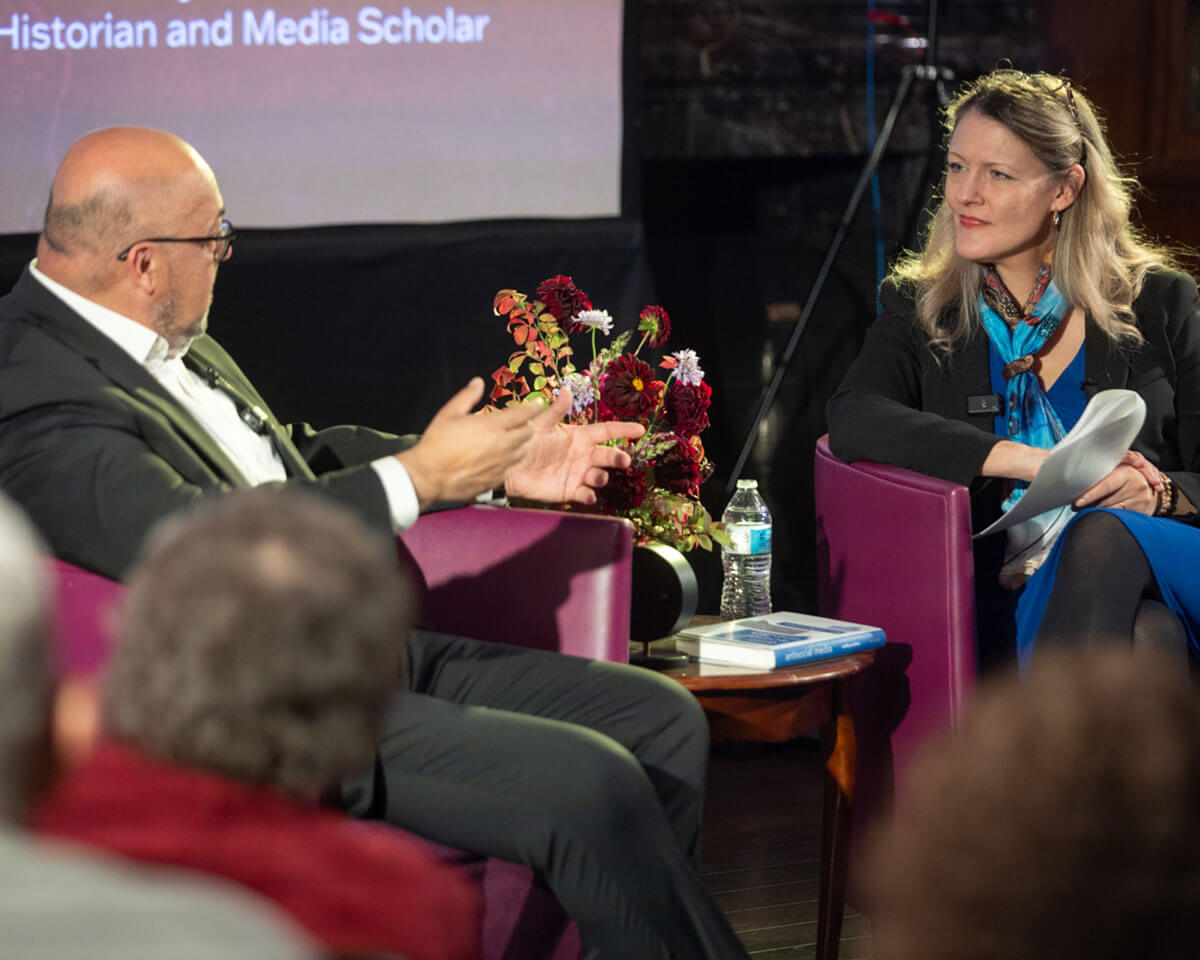The Very Nice Box
by Eve Gleichman ’15 M.F.A. and Laura Blackett
STÄDA, a Brooklyn company that makes reasonably priced Swedish furniture with names such as the Encouraging Desk Chair, Dependable Drying Rack, and Practical Sofa, is the setting for The Very Nice Box (Mariner, 2021). Employed at this company where the conference room is outfitted with a “neg alarm” that goes off any time someone says “no,” “can’t,” or “but,” and where employees undergo mandatory personality tests, is Ava, a gay, 30-something furniture engineer pouring herself into her work after the death of her fiancée, Andie. Her life is routine, and she prefers to keep it that way. The absurdity of her workplace culture (“Am I in a cult?” she asks at the start of the novel) reaches new heights when a charismatic new employee, Mat, who believes in “Yes, And” and is the embodiment of bro culture and male entitlement, joins the staff. He becomes her boss—and surprisingly—her lover, culminating in a shocking twist.
Morningside Heights
by Joshua Henkin, professor, English
In Morningside Heights (Pantheon, 2021), a young Yale graduate, Pru Steiner, arrives in New York in 1976 looking to take the city by storm, not anticipating she would fall in love with her English professor, Spence Robin. Thirty years pass and something is wrong: Spence is distracted, cold all the time, makes small mistakes like misreading a party invitation, and can’t make any progress on his book project, a new, annotated Shakespeare. With their daughter away at medical school, Pru is left alone to care for Spence as he sinks into the gloaming of early-onset Alzheimer’s, a fate on which neither she nor Spence had reckoned, and one that could test the limits of love in the face of adversity.
King Al: How Sharpton Took the Throne
by Ronald O. Howell, associate professor, English
King Al: How Sharpton Took the Throne (Fordham University Press, 2021) charts the course of the enigmatic, colorful, and politically adroit Sharpton on his rise to media stardom. At the same time, the book provides a detailed survey of the late-20th century in New York City at the often-volatile intersection of race and politics. Howell shows how “the Reverend Al” overcame scandal, controversy, and the mainstream media portrayal of him as a clown and hustler in the 1980s to become the popular activist, minister, and television host he is today.
Return to the BC Magazine



